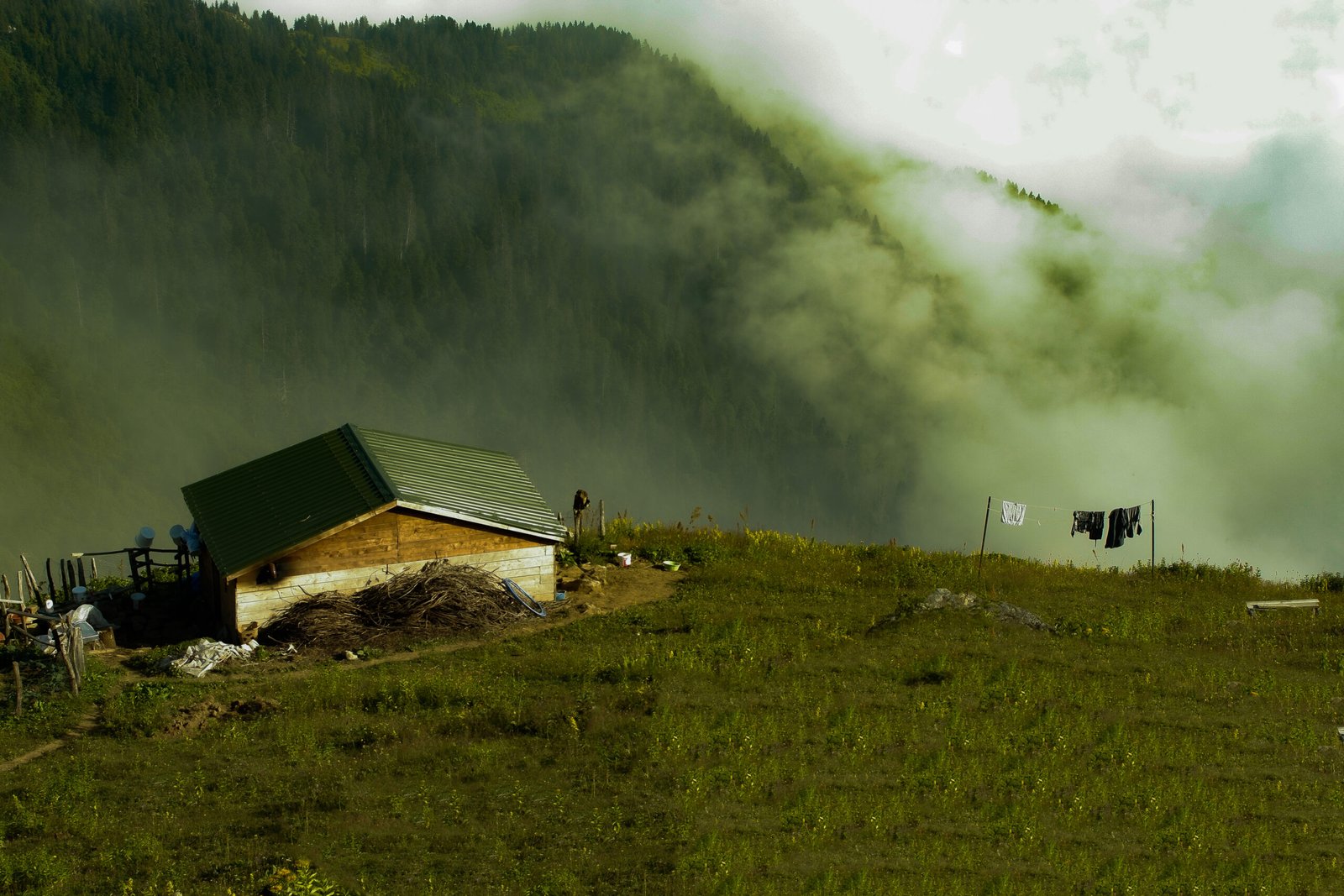
Hughes, Alaska
So you’re curious about Hughes, Alaska? Well, let me fill you in on this intriguing little city nestled in the Last Frontier. Located in the interior region of the state, Hughes showcases the raw beauty and ruggedness that Alaska is known for. With a population of just over 70 residents, this quaint town offers a unique glimpse into the Alaskan way of life. Surrounded by breathtaking wilderness and picturesque landscapes, Hughes is a hidden gem waiting to be explored. Whether you’re seeking adventure, tranquility, or simply a new experience, Hughes, Alaska has something to offer everyone.

Location
Geographical location
Hughes, Alaska is a small village located in the western part of the state. Nestled in the Koyukuk River valley, it is situated about 150 miles west of Fairbanks, the largest city in the interior region of Alaska. The village is surrounded by stunning wilderness, with mountains, forests, and rivers in every direction.
Climate
Like much of Alaska, Hughes experiences a subarctic climate with long, cold winters and short, mild summers. Temperatures can drop well below freezing for extended periods during the winter, while summer temperatures reach an average high of around 70 degrees Fahrenheit. The region receives a significant amount of snowfall each year, making it a winter wonderland for outdoor enthusiasts.
Neighboring cities
While Hughes is a relatively remote village, there are a few neighboring cities and communities within a reasonable distance. Galena, a larger city with a population of around 470, is located about 75 miles northeast of Hughes. Nulato, another nearby community, is situated approximately 35 miles southwest of Hughes. These cities provide additional resources and services for the residents of Hughes.
History
Native settlement
The history of Hughes dates back thousands of years when it was originally inhabited by the Koyukon Athabascan people. These native communities relied on the land for their survival, hunting and fishing in the surrounding areas. Over time, they developed a rich culture and deep connection to the land.
Russian exploration
In the late 19th century, Russian explorers arrived in the region and established trading posts along the Yukon River. While Hughes itself wasn’t directly influenced by the Russian presence, their presence in Alaska marked the beginning of an era of increased contact and trade between native communities and European settlers.
Gold rush era
The late 19th and early 20th centuries brought the gold rush to Alaska, and Hughes was no exception to the influx of prospectors seeking their fortunes in the land’s rich resources. The village served as a supply center and transportation hub for those venturing into the surrounding areas in search of gold.
Modern era
Today, Hughes is a close-knit community that retains its cultural heritage while adapting to the modern world. The village has access to modern amenities such as electricity and internet connectivity, allowing residents to stay connected and participate in the global community. However, it still maintains its connection to nature and the traditions of its ancestors.
Demographics
Population
Hughes has a small population, with around 80 residents as of the latest census. This tight-knit community fosters a strong sense of belonging and a close connection between its members.
Ethnicity
The majority of Hughes’ population is of Alaska Native descent, primarily Koyukon Athabascans. The rich cultural heritage of the community is evident in their traditions, language, and way of life.
Languages spoken
The primary language spoken in Hughes is English, but many residents also speak Koyukon Athabascan as a means of preserving their cultural heritage.
Education
The village has a small school that provides education from kindergarten through twelfth grade. The school plays a crucial role in the community, not just as an educational institution, but also as a gathering place for events and activities.
Economy
Key industries
The economy of Hughes is primarily based on subsistence activities and small-scale local businesses. Residents rely on hunting, fishing, and gathering for their sustenance, with a strong connection to the land and its resources. Some individuals are also involved in small-scale entrepreneurship, providing goods and services to the community.
Employment opportunities
Given its remote location, employment opportunities in Hughes are limited. Many residents find work in subsistence activities, serving as hunting and fishing guides, or working in local businesses such as the village’s store. Some individuals work in the public sector, providing essential services to the community.
Transportation
The village of Hughes is not connected to the road system, making transportation a challenge. Residents primarily rely on small aircraft for travel to neighboring communities or larger cities. During the winter months, travel by snowmobile is common, with frozen rivers serving as roadways.
Utilities
Electricity is available in Hughes through generators that power the village’s infrastructure. Residents have access to modern amenities such as running water and sewage systems, although these services may be limited compared to larger cities.

Culture
Traditional customs
Hughes has a rich cultural heritage rooted in the traditions of the Koyukon Athabascan people. The community strongly values its customs and continues to practice traditional activities such as subsistence hunting, fishing, and gathering. Elders in the community play a vital role in passing down knowledge and preserving the cultural heritage for future generations.
Art and music
Art and music are integral parts of the culture in Hughes. Residents engage in traditional arts and crafts, creating beautiful beadwork, carvings, and other handcrafted items. Music is also an important aspect of community life, with traditional songs and dances being shared during gatherings and celebrations.
Festivals and events
Hughes hosts various festivals and events throughout the year to celebrate its culture and bring the community together. These events often include traditional dances, games, storytelling, and feasts. The community takes great pride in these celebrations, which provide an opportunity to showcase their traditions and foster a sense of unity.
Tourism
Attractions
While Hughes may not be a well-known tourist destination, it offers visitors a unique opportunity to experience the beauty of Alaska’s wilderness and immerse themselves in the culture of the Koyukon Athabascan people. The surrounding landscapes are breathtaking, with opportunities for hiking, wildlife viewing, and photography. Visitors can also learn about the village’s history and traditions through guided tours and interactions with residents.
Outdoor activities
Hughes is a paradise for outdoor enthusiasts, with a plethora of activities to enjoy throughout the year. In the winter, residents and visitors alike can engage in snowmobiling, ice fishing, and cross-country skiing. During the summer months, hiking, canoeing, and fishing are popular activities, allowing individuals to explore the stunning landscapes and abundant wildlife.
Accommodation
Accommodation options in Hughes are limited, with no hotels or resorts. However, visitors can experience the authentic hospitality of the community by staying with local residents through bed and breakfast arrangements or participating in cultural homestays. These accommodations not only provide a place to rest but also offer an opportunity to learn directly from the locals and gain a deeper understanding of their way of life.
Food and dining
The village’s culinary scene revolves around traditional Alaska Native cuisine, which emphasizes the use of local ingredients and native cooking techniques. Visitors can enjoy dishes such as smoked salmon, moose stew, and wild berry preserves. The village store also offers a variety of supplies and packaged goods for individuals looking to prepare their own meals.

Infrastructure
Healthcare
Hughes has limited healthcare facilities, with a small health clinic that provides basic medical services to the community. In case of emergencies or specialized care, residents may need to travel to larger cities such as Fairbanks.
Education
The village’s school serves as the educational hub for the community, providing comprehensive education from kindergarten through twelfth grade. The dedicated staff ensures that students receive a quality education while also incorporating cultural teachings into the curriculum.
Transportation
As previously mentioned, transportation in Hughes is primarily reliant on small aircraft and snowmobiles. These modes of transportation connect the village to neighboring communities and serve as vital lifelines for medical emergencies and other essential travel needs.
Utilities
Although Hughes is a remote village, it has access to basic utilities such as electricity, running water, and sewage systems. These utilities are essential for maintaining a comfortable living environment and supporting the daily needs of the residents.
Government
Local administration
Hughes is governed by a local administration, consisting of elected officials who work closely with community members to address their needs and concerns. The village operates under a traditional council system, where decisions are made collectively to ensure the well-being of the community.
Public services
Public services in Hughes are provided by the village administration, encompassing areas such as waste management, emergency response, and public safety. Limited resources and the remote location present challenges, but the community works together to ensure the necessary services are available to residents.
Community involvement
Community involvement is vital in Hughes, with residents actively participating in various community initiatives and projects. Volunteering plays a significant role in supporting public services and organizing cultural events. The close-knit nature of the community fosters a sense of collective responsibility and pride in maintaining the village’s well-being.
Challenges
Remote location
One of the primary challenges faced by Hughes is its remote location. The village’s isolation from major cities and the lack of road connections make transportation and access to resources difficult. Residents often rely on costly air travel for basic needs and face logistical challenges in obtaining supplies.
Harsh climate
The subarctic climate of Hughes poses another challenge for the community. The long, cold winters and extreme temperatures make day-to-day life more difficult and require additional resources for heating and insulation. It also limits the length and productivity of the growing season, impacting the availability of fresh produce.
Access to basic amenities
Due to its remote location and limited resources, accessing basic amenities in Hughes can be challenging. Limited healthcare facilities, educational opportunities, and employment options require residents to travel long distances for essential services. Improving access to these amenities is a priority for the community’s well-being.
Future prospects
Infrastructure development
Hughes recognizes the need for infrastructure development to address the challenges posed by its remote location. Efforts are being made to improve transportation systems, expand access to healthcare and education, and enhance utility services. Collaborations with government agencies and organizations aim to secure funding and support for these initiatives.
Economic diversification
To mitigate the dependency on subsistence activities, Hughes is exploring economic diversification opportunities. These include developing ecotourism, promoting local arts and crafts, and supporting small-scale entrepreneurship. By diversifying the economy, the village aims to create new job opportunities and ensure a sustainable future for its residents.
Sustainable practices
The village of Hughes places a strong emphasis on sustainability and preserving its natural resources. Initiatives focused on renewable energy, waste management, and sustainable agriculture are being explored to minimize the impact on the environment. By adopting sustainable practices, Hughes aims to create a resilient and self-sufficient community for future generations to come.
In conclusion, Hughes, Alaska is a small village with a rich cultural history and a close connection to the land. Despite its remote location and the challenges it faces, the community’s resilience and commitment to preserving its traditions and way of life are evident. With ongoing efforts to improve infrastructure, diversify the economy, and embrace sustainable practices, Hughes looks towards a promising future that balances progress with the preservation of its cultural heritage. Visitors to Hughes can experience the beauty of the Alaskan wilderness, engage in outdoor activities, and gain a deeper understanding of the unique traditions and customs of the Koyukon Athabascan people.
